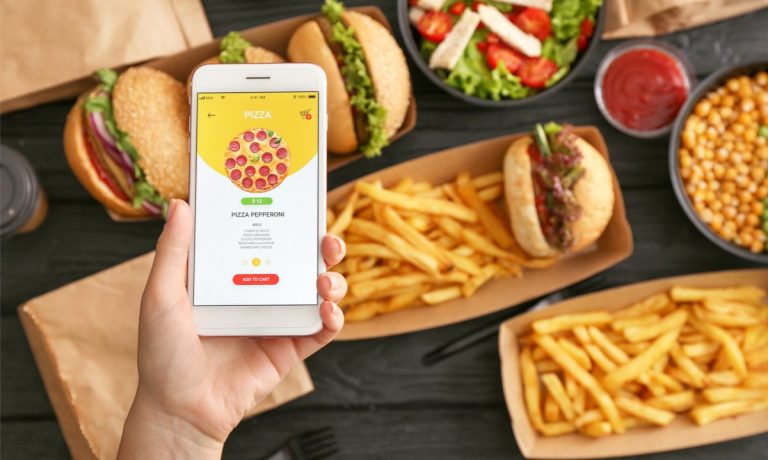Restaurants’ Best Customers Nearly Three Times More Likely to Use Third-Party Aggregators

In the early months of quarantine, the relationships between restaurants and third-party aggregators shifted quickly from symbiotic to parasitic, with the economics quickly proving unsustainable for restaurants as digital order volume skyrocketed. Rather than providing an extra revenue stream, delivery orders became part-and-parcel of the business, and the challenges posed by aggregators, which charge restaurants steep fees and keep from them valuable data about their customers, became pressing.
Now, as it becomes clear that the rise of digital ordering is here to stay, restaurants are seeking to guide consumers to more profitable, sustainable ordering channels — their direct platforms. After all, when consumers order directly from the restaurant, the restaurant has the opportunity not only to avoid third-party fees but also to learn about its customers, leveraging data from rewards programs and other digital platforms to build loyalty and drive conversion.
“I think digital trends in the fast-casual space now and moving forward are going to continue to be all centered around data and user experience coming together to provide customers with a personalized relevant experience with restaurant brands,” Nicole West, vice president of digital strategy and product at Chipotle Mexican Grill, told PYMNTS in an interview. “At Chipotle…what works for us is increasing convenience and access for our customers, removing friction from every step of their digital journey, and caring for our best complete customer journey from end to end.”
Read more: Chipotle: Brands Can Drive Loyalty Without Bearing the Cost of Freebies or Discounts
These sorts of customer retention initiatives are vital for restaurants, given that they are losing their highest value customers to third-party marketplaces. PYMNTS’ new report, Digital Divide: Aggregators and High-Value Restaurant Customers, created in collaboration with Paytronix, which featured a survey of more than 2,100 U.S. consumers, found that restaurants’ highest spending, highest frequency customers are 60-170% more likely than other customers to order online through third-party aggregators.
Related news: Restaurants Fight Back Against Aggregators With Promotions and Loyalty Programs
To win back these customers, restaurants need to remove friction from the ordering experience. After all, the number one reason consumers of all spending and frequency levels cite for using third-party aggregators is that they are drawn to the ease and convenience of the channel. By leveraging mobile ordering with saved card information and offering digital wallet payment capabilities, and by using consumer data to offer easy reordering of favorite menu items, restaurants can appeal to these convenience-seeking consumers.
“We’re very focused on our marketing technology, and our CRM [customer relationship management] systems are critical to us, and really specifically is around using the data that we know about our guests,” Noodles & Company CMO Stacey Pool told PYMNTS.
“So, utilizing that data to be more effective in how we go to market, where we talk to them, and mining that data, automating that data, and then ultimately leveraging technology to personalize at scale,” she said.
See also: Restaurant Brands Can Leverage Digital-Only Items, Personalization to Gain Digital Customers
Importantly, restaurants’ attempts to remove friction from the ordering experience in their digital platforms is working, at least for their highest value customers.
While the plurality of consumers who did not use an aggregator in the past 15 months reported avoiding the channel because direct ordering platforms offer lower delivery and service fees, the plurality of restaurants’ highest spending, highest frequency consumers reported that they were motivated to choose direct channels because these platforms offer a faster ordering experience.
Still, only a quarter of these high value consumers reported avoiding aggregators because they prefer direct ordering. To drive up this fraction, restaurants will need to continue to improve the consumer experience with personalization and new, intuitive digital technologies and payment capabilities.